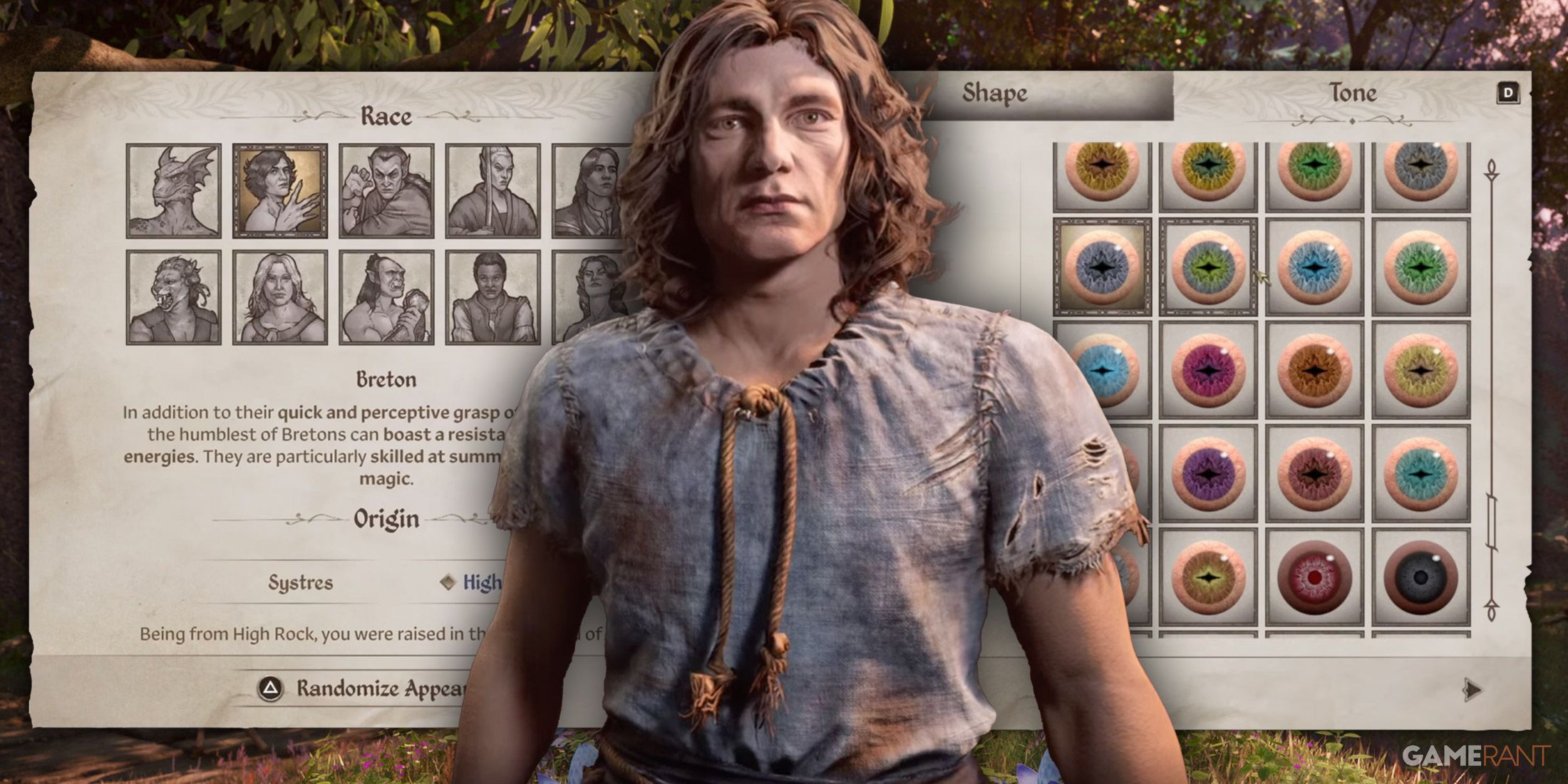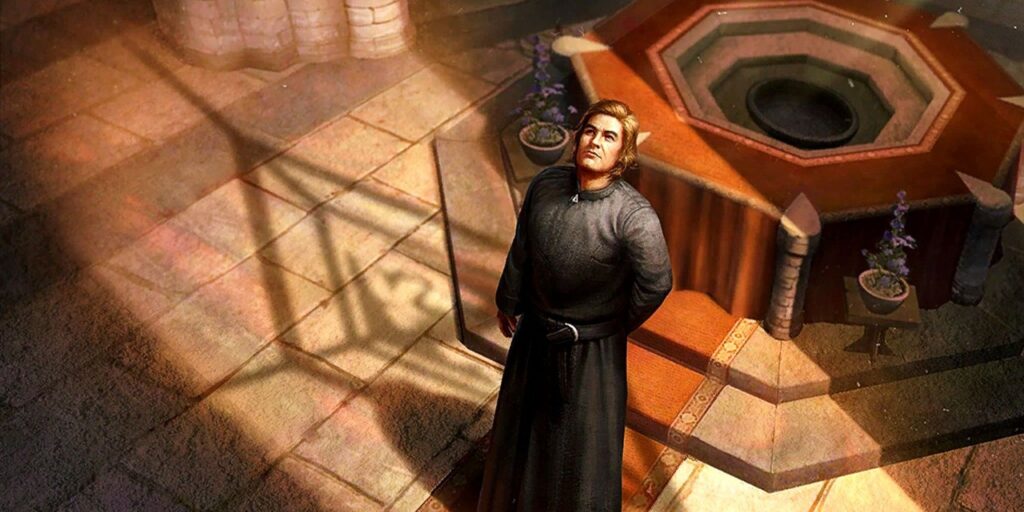It’s hard to discuss Oblivion without comparing it to Skyrim, its younger, much more popular sibling—though the scales of popularity could tip in the former’s favor, now that The Elder Scrolls 4: Oblivion Remastered has finally been released. Indeed, a whole new generation of players can now enjoy the classic 2006 Bethesda RPG in a new light, smoothed over with a bevy of Unreal Engine 5-enabled visual and technical upgrades. As more modern gamers discover the magic of Oblivion, there are no doubt some who are coming to believe that it is superior to the oft-released Skyrim.
There’s merit to this assessment, though matters are certainly not as simple as one game being “better” than the other. Skyrim grabbed the gaming community by the collar back in 2011 for good reason, after all: it presents a stunning and detailed fantasy world, incredible side quests, and a sense of exploration that is hard for even the best modern open-world games to match. Yes, Skyrim has earned its success and prestige—few could argue against that. But with Oblivion Remastered taking players back through the story of Martin Septim and Mehrunes Dagon, there’s a strong case to be made that its main narrative is far better than Skyrim’s in a unique, double-edged way.

Related
Character Customization Is Oblivion Remastered’s Most Unexpected Triumph
The Elder Scrolls 4: Oblivion makes a number of improvements over the original, but character creation is one especially worth mentioning.
Oblivion’s Main Story Is More Central To the Overall Adventure
Skyrim’s Main Quest Simply Isn’t as Compelling as Oblivion’s
The differences between Skyrim’s main story and Oblivion’s are demonstrated during their respective opening hours. Skyrim kicks off with a dragon attacking Helgen, burning it to a crisp as the player-character dodges torrents of flame and rushes through a crumbling village to escape certain death. It’s a bombastic and spectacular opening that clearly sets the tone for the story: Skyrim’s main quest is grand, sweeping, and epic.
Oblivion’s story has high stakes too, of course, but in a much different way. Rather than an outlandish encounter with a gargantuan monster, Oblivion kicks off quietly, with the player-character being visited by Emperor Uriel Septim, who recognizes them from a series of mystical, inexplicable dreams. The player then creeps through hidden caverns and passages to escape the prison, only to be given the emperor’s magic amulet before he is killed by a Mythic Dawn cultist, being set on a journey to track down his long-lost heir, Martin Septim.
In Skyrim, the player-character is the Dragonborn, the Chosen One, destined to wield immense power and save the world. In Oblivion, they are more like an emissary, which allows for smaller, more character-driven storytelling. Oblivion is less about epic-scale battles between men and dragons and more about political intrigue and dark, hellish beings struggling for the soul of Tamriel as much as for the land itself. This helps Oblivion’s main quest feel far more nuanced and mature than Skyrim’s, which is often viewed as one of its most non-essential facets.
Skyrim’s Side Content Blows Oblivion’s Out of the Water
Skyrim’s main story may not measure up to Oblivion’s, but it makes up for this by having the best side missions in the series. Ambitious quest chains like the civil war plot, Dark Brotherhood quest, and Mages’ Guild story are the heart of Skyrim—not the main story. By contrast, Oblivion’s side missions, while not bad by any stretch, are far more quaint, and take something of a backseat to the more intriguing main story.
This difference in priorities pervades every element of each game. One only needs to compare the copy-paste, bland dungeons of Oblivion to the far more robust and differentiated caverns, camps, and ruins of Skyrim for evidence of this. While this doesn’t make Skyrim better or worse than Oblivion, it is indicative of Bethesda’s de-emphasizing of main questlines in favor of strong side content, which is reflected in the studio’s later games, like Fallout 4.
